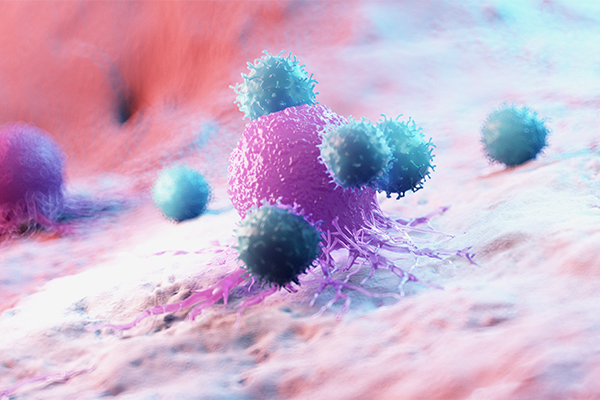
In this webinar, Dr. Cynthia Bamdad from Minerva Biotechnologies and Dr. Mark C. Johnson from Precision Biosciences discuss new techniques to further improve CAR-T cell functionality.

Chief Executive Officer
Minerva Biotechnologies
Rapid Assessment of CAR-T Cells Targeting Cleaved MUC1*

Team Leader, Cell Therapy Discovery
Precision Biosciences
Optimization of Nucleases for Gene-editing in Chimeric Antigen Receptor (CAR) T Cell Manufacturing
Presentation 1: Rapid Assessment of CAR-T Cells Targeting Cleaved MUC1* by Dr. Cynthia Bamdad (Minerva Biotechnologies)
Minerva Biotechnologies is developing a pipeline of CAR-T therapeutics for solid tumor cancers. Using the xCELLigence RTCA-MP instrument that enables simultaneous testing of 576 different conditions, we were able to rapidly assess 60 different CAR constructs and choose a clinical lead. Importantly, we paused experiments to add CAR-T cells at different time points to simulate treating early stage versus late stage, aggressive cancers. The xCELLigence system was faster and more accurate than FACS and the xCELLigence in vitro data perfectly predicted the effect of the CAR-T cells in vivo.
Presentation 2: Optimization of Nucleases for Gene-editing in Chimeric Antigen Receptor (CAR) T Cell Manufacturing by Dr. Mark C. Johnson (Precision Biosciences)
To develop allogeneic anti-CD19 CAR T cells, we utilize an engineered homing endonuclease (ARCUS nuclease) specific for the T-cell receptor alpha constant (TRAC) locus. Using sensitive, real-time measurement of cytolysis with the xCELLigence instrument, we observed increased cytolysis of target cells using CAR T cells made with two of our optimized nucleases compared to the parental nuclease. Furthermore, in vitro functionality correlated with increased TRAC-editing and CAR gene insertion during cell manufacturing. Collectively, these data show that our ARCUS nucleases can be optimized to reduce off-targeting events, thereby enhancing gene-editing efficiency and production of CAR T cells.
For Research Use Only. Not for use in diagnostic procedures.